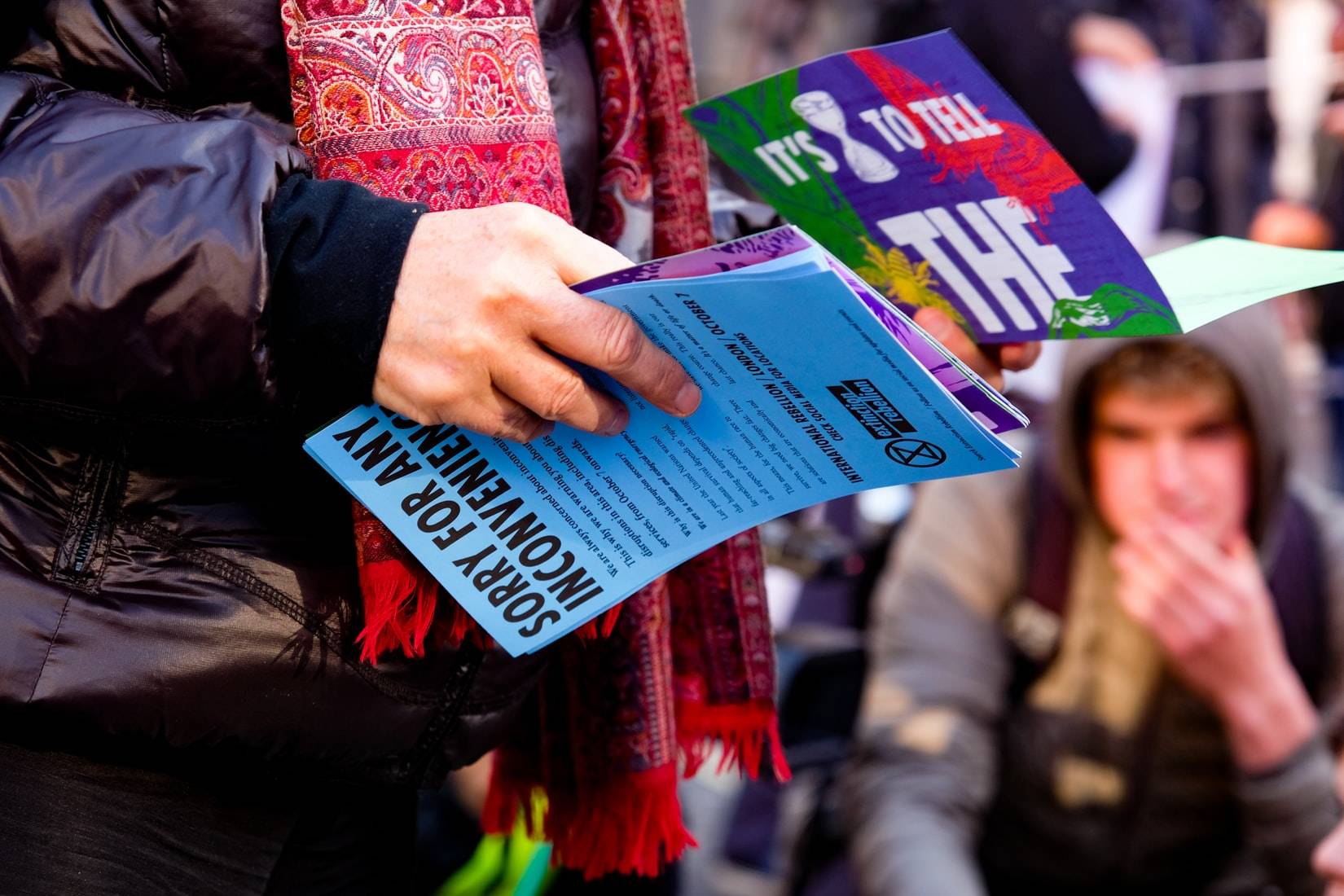When Microsoft founder Bill Gates wrote in 1996 that ‘content is king,’ he spoke an undeniable marketing truth. Consumers live in a fast-paced world, filled with 30-second snippets, flashing lights, and competing products. That’s why having interesting, useful, and in-depth content is a massive asset for gaining and keeping consumer attention.
Think about what you regularly consume – and I don’t mean cereal. Do you listen to a specific podcast because the one presenter always nails a topic of interest? Do you gravitate towards one product magazine? Is there one actor whose movies you always watch, no matter what? Why do these people deserve and receive your attention?
The answer is simple. It’s because they have entertaining content that connects with you! Consumers’ time (like your own) is precious. This is why good content is the best way to attract new people into your sales funnel.
Content answers the two main questions all consumers have when accessing your marketing material or print.
Am I in the right place, and can they help me?
You want to connect with your ideal consumer and this means engaging with them on a binge-worthy, educational level that answers these two questions with a resounding YES!
What kind of content should I be using in my content marketing strategy?
There are a dime a dozen content marketing tips, tricks, and how-tos on the internet and in the library. Content is a buzzword of marketing strategy rooms for a good reason!
In the early 2000s, when blogging, mass-produced content magazines, and social media sites were emerging, content marketing was the in-thing. But its effectiveness has declined as the internet became more saturated. This is especially true in terms of online content marketing traffic and traction.

This is NOT the case with print, though. Print, in brochure, poster, or leaflet form, does not have this competition. This automatically makes content print a forerunner in the content marketing game!
To demonstrate the saturation of the internet, let’s look at blogs. Blogs are easily one of 2019s most prevalent content marketing mediums online. This year, there were over 1 billion blogs in rotation. That’s one blog for every seven people, on every imaginable topic! How could you compete for interest and consumption?
The most obvious answer is to take your content offline and invest in physical content mediums, like posters, brochures, and leaflets. Here are 4 tips to remember when including content marketing in your strategy.
1. Don’t assume your reader base.
There’s a saying, “Assumption is the mother of all f–” well, you know how it goes.
Making assumptions is the easiest way to misjudge your audience. The rise in online-based marketing has led to massive neglect of print and event marketing methods. Blogging, SEO-optimised advertisements, and social media presence is super important, but these methods are not the only way to engage with readers.
They are also not the only way that readers and consumers engage with information. GK Craig found that 95% of people under the age of 25 read magazines consistently in the US, and 82% of respondents said that when making a purchase decision they trusted printed content over online advertisements or posts.
Don’t put all your content eggs in one basket, and instead diversify your content across digital, social media, and printed mediums.
2. Stay with the times.
Information is now instant, and content needs to stay the same. With web searches saturated with blogs, Google and other engines will not promote ‘old’ material. This fact is especially true if you are using social media platforms as your primary marketing tool. The newer the content, the more relative readers will find it, and the more likely you are to gain traction and interest.
Print sometimes has a slight disadvantage in this regard. It takes time to print content and time to get it physically to a consumer. However, this does not stop the content from being up to date.
Trends last months and original content are fresh no matter the time frame. We recommend using postcards and flyer drops for your content marketing. These have quick, responsive turnarounds and bring information straight to your consumer market.
3. Please don’t regurgitate.
Google ‘content marketing tools’ and the front page will turn up hundreds of modified versions of the same lists. “7 Content Marketing Tools You Need”; “5 Content Marketing Tools You Need,” “26 Awesome Content Marketing tools”… it’s never-ending.
In under 0.63 seconds, you will have over 950 000 000 web results for these keywords and can read only two articles to glean what all the others say. The internet and blogging market is filled with information, and yet most aim at SEO keywords that lead them chiefly in the same direction.
This phenomenon means the same information is regurgitated, tweaked, and revamped. The only way to gain traction, social media shares, and become memorable is to find an original angle and engage with original content creation.
One surefire way of doing this is taking your information offline! Invest in a good copy or content writer, and hack the benefits of personalised marketing to take this content into the hands of your consumers.
You can do this through flyer distribution, posters in prominent traffic areas, banners, and brochure handouts. This rule not only applies to content but the content presentation.
Placing your content marketing in a flyer or poster form is a surefire way to cut through the milieu of internet regurgitation and deliver your messages straight into your reader’s hands.

4. Follow the 80/20 rule.
This rule isn’t just perfect for dieting. It also happens to be true for marketing. It can be difficult for some perfectionists who believe content is enough in its own right. Spend 80% of your time promoting, and 20% writing.
This ratio means engaging four times as much work into promoting your content through SEO optimisation, compiling email lists, networking for backlinks, making banners, event marketing, flyer distribution, and branded product placement (check out our calendars for inspiration)!
Promotion of content is a whole other ball game than content marketing. It requires an individual analysis of your audience habits, the traction of certain content, and the platforms you and your consumers engage with and prefer.
In conclusion, content is crucial in attracting and keeping consumer attention in a fast-paced world filled with competing products. The best way to engage with ideal consumers is by providing binge-worthy, educational, and informative content that answers their two main questions: “Am I in the right place, and can they help me?” While content marketing is a buzzword in marketing strategy, its effectiveness has declined due to internet saturation.
However, print media in the form of brochures, posters, and leaflets is not saturated and remains a forerunner in the content marketing game. Diversifying content across digital, social media, and printed mediums is recommended. When using printed materials, it is important to stay with the times, provide original content, and follow the 80/20 rule, where 80% of the content is educational, and 20% is promotional. By following these tips, businesses can cut through the noise and deliver their messages straight into the hands of their readers.
P.S. It’s almost Black Friday! Place your orders NOW to avoid disappointment!
Related Articles:
Top 8 Best Types of Advertising That Will Save You Money! (Guaranteed)
6 Marketing Strategies For Small Businesses That Actually Work! (Revealed)





